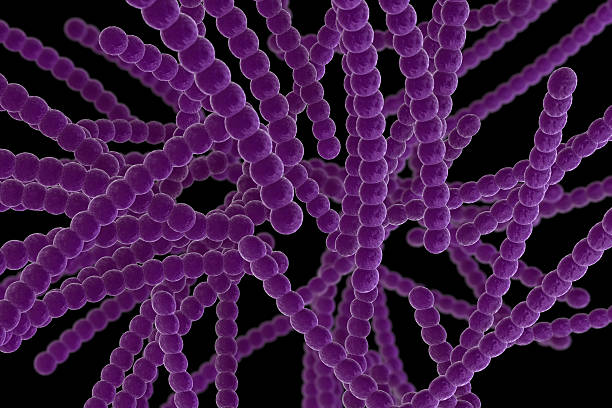
Strep A (Scarlet Fever)
This year we have seen higher than usual numbers of group A streptococcal (GAS) infections in Scotland and persistently high numbers of cases of scarlet fever (a common presentation of this infection) among children.
Signs and symptoms of scarlet fever.
Scarlet fever is a common infection in children caused by Streptococcus pyogenes, or group A Streptococcus (GAS). Scarlet fever can cause the following symptoms:
- headache,
- sore throat,
- high temperature and
- raised pink/purple spots that join up to produce a skin rash, which feels like sandpaper to the touch.
The scarlet rash may be harder to spot on darker skin, although the 'sandpaper' feel should be present. Although scarlet fever is usually a mild illness, in very rare occasions the bacteria can enter the bloodstream and cause a more serious invasive illness.
Trusted health advice on scarlet fever can be found on NHS Inform. Children with suspected scarlet fever should be seen by a health professional.
Infection control advice
Infections can be spread by respiratory droplets, through direct physical contact and through shared contact with surfaces such as tabletops, taps, toys and handles. This can be rapid in schools and nurseries where they can be close contact amongst children and
staff or if good hygiene practices are not in place.
Good hygiene practice such as hand washing remains the most important step in preventing and controlling spread of infection. Measures should be put into place that encourage children and staff to wash their hands at the start of the day, after using the toilet, after play, before and after eating, and at the end of the day.
Liquid soap via a soap dispenser should be available and there should be a plentiful supply of paper towels.
Children and adults should cover their mouth and nose with a tissue when they cough or sneeze and then wash their hands with soap and water after using or disposing of tissues.

